~ Fred Kelly: Tony Winner, World Class Choreographer and Story Teller ~
Written by Steve Conrad with edits by Tam Francis
The multi-talented dance legend spoke about the history of the Lindy Hop, the creation of the Big Apple to the invention of the Cha Cha Cha and performing with his brother Gene.
A few years ago, I sat across the table from Fred Kelly, the youngest of five children in the Kelly Family, born in 1916 in Pittsburgh, PA. Fred started his career in dance at the very young age of four. He performed with his older siblings and they were known as The Five Kelly’s. He began teaching at the Gene Kelly Studio in Eighth grade. After learning to tap from legends like Bill “Bojangles” Robinson and Hal Leroy, he went onto a successful career on stage and screen.
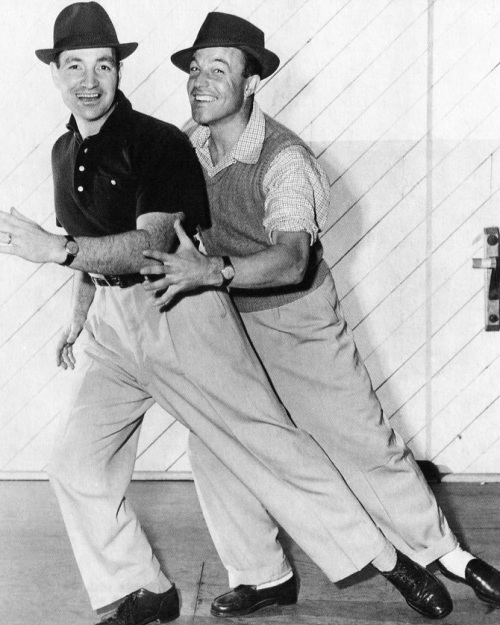 As a young man he performed with his older brother Gene as one of the Kelly Brothers in Vaudeville. In 1941 Fred won three Tony Awards (then called Donaldson Awards)for his role in The Time of Your Life, for acting, comedy, and dance. He only performed in one film with his brother, in the musical, Deep in My Heart. Fred and Gene sang and danced in the number “I Love to go Swimmin’ with the Wimmin.”
As a young man he performed with his older brother Gene as one of the Kelly Brothers in Vaudeville. In 1941 Fred won three Tony Awards (then called Donaldson Awards)for his role in The Time of Your Life, for acting, comedy, and dance. He only performed in one film with his brother, in the musical, Deep in My Heart. Fred and Gene sang and danced in the number “I Love to go Swimmin’ with the Wimmin.”
He said he taught Princesses Elizabeth and Margaret to dance in England as well as John Travolta in New Jersey, (before Saturday Night Fever). He directed over 1000 Steve Allen Shows.. He sang “The Boy Next Door” in the movie “Meet Me in St. Louis,” and is credited with introducing “Cue Cards” to television.
He had many memories from his eighty-two years of experience and I was able to share a few with him. As he finished his lunch, I listened to history unfold. It is difficult to sum up a man’s life in just a few short hours and I soon found that deciding which stories to share with readers would be very difficult. What follows is a few of Fred’s recollections, (though dance historians have argued his perspective of these memories).
The Lindy Hop
Fred Kelly’s take on how the Lindy Hop got it’s name:
“It was the spring of 1927. Every Sunday afternoon the Savoy Ballroom in Harlem, New York, would have dances with two big bands playing. On this particular day, Duke Ellington had one stage and Cab Calloway was set up on the other. Duke was regarded as a hot band and Cab was considered smooth. The Savoy was packed with people. Over two thousand dancers packed the place with all the men in jackets and the women in dresses. This was the day that Charles Lindbergh was to land in Paris after his flight over the Atlantic. When the news about Lindbergh arrived in Harlem, a young man burst into the Savoy and shouted: Lindy landed, he made it across the Atlantic.
For the first time ever, all the music stopped at the Savoy. Never had there been a moment of silence in the Savoy. The bands overlapped each other so this was very unusual. Suddenly Cab and his band started playing a fast number in celebration. Soon, Duke Ellington’s Band started to play along. Then the place broke out into complete pandemonium. Everyone started to swing each other around and dance with each other. Dancers were hopping all over the floor and creating new steps. From that moment the dance was regarded as the Lindy Hop.
Dance historians beg to differ with Fred’s recollection, but his colorful interpretation is fun to image. For the best historical facts on the lindy hop go here.
The Big Apple
In 1936, Fred Kelly was selected to be the mascot for Pitt University. He describes how he invented the first line dance to sweep the nation:
“In 1936 it was my job to choreograph a routine for the biggest game of the year: Pitt vs. Nebraska. Both teams were undefeated going into the championship and this was a long awaited match. I had put together a great routine where all the band members would wear green capes with yellow lining. When the band was to take the field at halftime in the shape of an ear of corn. When each band member passed by each other they would turn over their cape exposing the yellow side and make I look like the ear of corn was being peeled. I was going to be a worm that went up the middle of the corn. It was a great idea, the Pitt tiger as the worm in the ear of corn.
One thing went wrong, the capes were not finished in time and there was no way to do the routine. I had one day to come up with something. So I made up a routine using the cheerleaders and had them make a giant circle. I just used moves that were popular at the time, kept it simple. I was still going to be the worm and the only color capes we had were red so it looked like a Big Apple on the field. I chose the song Little Brown Jug for the routine. The routine was a hit, the crowd went crazy for it. It was so popular, in fact, that people wanted to learn it after the game.
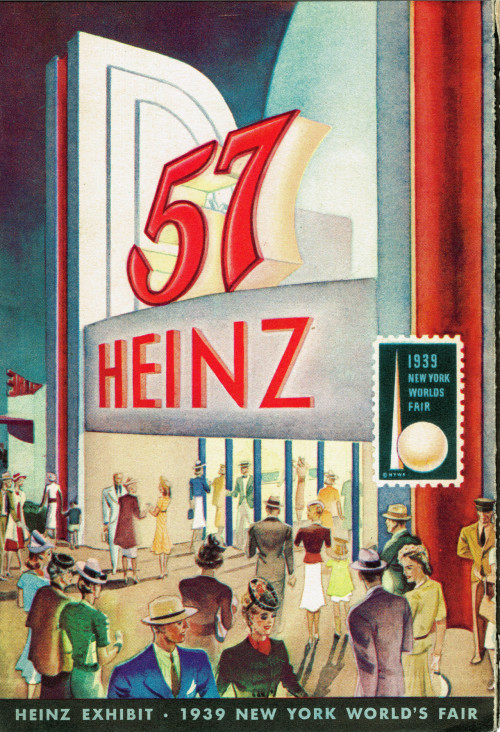 Then in 1939, I was asked to teach The Big Apple Dance at the New York’s World Fair. Everyday, every hour, I would teach the steps in the Heinz Pavilion to Little Brown Jug. The song became one of the most requested.
Then in 1939, I was asked to teach The Big Apple Dance at the New York’s World Fair. Everyday, every hour, I would teach the steps in the Heinz Pavilion to Little Brown Jug. The song became one of the most requested.
I remember one bandleader who found the song to be a strange request. He was playing at the William Penn Hotel and was surprised to hear all the people requesting this song that hadn’t been played in years. He didn’t even have an arrangement for it, but fortunately his band knew the song by heart. They would play the song again and again as new people were learning the dance.
People would say they were going to New York to learn the Big Apple. Soon, people would just say I’m going to the Big Apple. This is how New York got it’s nickname.
Oh, and the bandleader who didn’t have an arrangement of Little Brown Jug, but played it anyway, his name was Glenn Miller.”
Here is some other ideas of how New York got it’s Big Apple nickname. More information on the connection to the dance and the nickname.
Dance historian tell a little different story of the Big Apple Dance as well. Visit these sites for more historical information on The Big Apple Dance. The Lindy Circle or My Swing Archives
The Cha Cha Cha
Fred Kelly talks about how the invention of the Cha Cha was an accident.
“It was 1949, I was hired to put on a show in New York at a club called Havana Madrid on Broadway. The owner of the club was a guy named Angel Lopez. Lopez wanted something new and exciting for his show and I tried to come up with a number as fast as I could. I remembered an exceptional dance team when I was doing show in Havana, Cuba and this new dance they were doing called the Mambo. The dance had not yet been introduced in America, so I thought it would be perfect. I finally reached the dancers and met up with them in New York.
On Wednesday, I told Angel that the show would be ready and he wanted to open on Friday June 29th, 1949. The Mambo was seen for the first time in America that night.
Angel’s shows always brought in great publicity and the next day people were calling non-stop about this new dance. The Mambo swept New York. Members of the United Nations were coming to learn the steps and because of its fast tempo, it became very popularr with the young crowd. This was bad for business. Angel called and said the young people were taking over his club and they weren’t buying drinks or eating dinner. [sound familiar swing dancer?]
So, in August that same year, Angel put out a press release that a new dance was going to be introduced at this club. This go the attention of some important people. In the audience that night were Walter Winchell, Ed Sullivan and Arthur Murray. I had experience with Arthur Murray and I didn’t want him to know who had come up with the new dance so I told Angel to introduce the dance as created by Fredrico Calis.
To create the Cha Cha, all I did was straighten out the Lindy Hop. Instead of going in a circle, I had the dancers go forward and back. I still didn’t have a name for the dance by opening night. Then Angel suggested that he wanted the music to sound like something Jimmy Durante would would do. He said, you know that cha cha cha guy. Angel had a bit of an accent and he couldn’t pronounce the ‘h’ in the ha cha cha man. Angel unknowingly gave me the name for the dance.
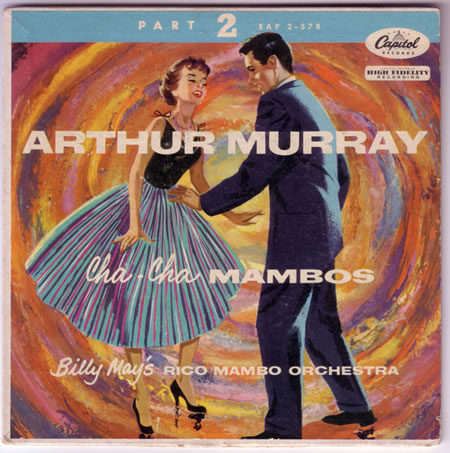 The evening when the dance was introduced I met with Arthur Murray. He asked if I knew Fredrico Calis and if I would set up a meeting. I agreed to set things up and told Mr. Murray that Fredrico would meet him the next morning. So, I went down the next day to the Murray studio with the contract in my hand. When I arrived he soon figured out that Fredrico Calis was just Spanish for Fred Kelly. So, that day I sold the Cha Cha Cha to Arthur Murray for five-thousand dollars. Needless to say Murray made millions from the Cha Cha dance craze of the 1950s.”
The evening when the dance was introduced I met with Arthur Murray. He asked if I knew Fredrico Calis and if I would set up a meeting. I agreed to set things up and told Mr. Murray that Fredrico would meet him the next morning. So, I went down the next day to the Murray studio with the contract in my hand. When I arrived he soon figured out that Fredrico Calis was just Spanish for Fred Kelly. So, that day I sold the Cha Cha Cha to Arthur Murray for five-thousand dollars. Needless to say Murray made millions from the Cha Cha dance craze of the 1950s.”
More historical info on the Cha Cha at Latin American Guide and Wikipedia
When I interviewed Fred Kelly, he was still traveling the county and teaching masters classes in tap, but died shortly after in Tucson, Arizona at the age of eighty-three. I highly recommend Rusty Frank‘s book “Tap! The Greatest Tap Dance Starts and their Stories 1900-1955.”
Whether all of Fred’s claim to dance creation were true, he was an innovator, teacher and legendary dance man. For more on Fred Kelly check out Marc Baron’s Biography.
::
Have you seen Fred Kelly dance? Heard any of his stories? What do you think? Did Fred Kelly invent the Cha Cha Cha?
 Tam Francis is a writer, blogger, swing dance teacher, avid vintage collector, and seamstress. She shares her love of this genre through her novels, blog, and short stories. She enjoys hearing from you, sharing ideas, forging friendships, and exchanging guest blogs. For all the Girl in the Jitterbug Dress news, give-aways, events, and excitement, make sure to join her list and like her FB page! Join my list ~ Facebook page
Tam Francis is a writer, blogger, swing dance teacher, avid vintage collector, and seamstress. She shares her love of this genre through her novels, blog, and short stories. She enjoys hearing from you, sharing ideas, forging friendships, and exchanging guest blogs. For all the Girl in the Jitterbug Dress news, give-aways, events, and excitement, make sure to join her list and like her FB page! Join my list ~ Facebook page

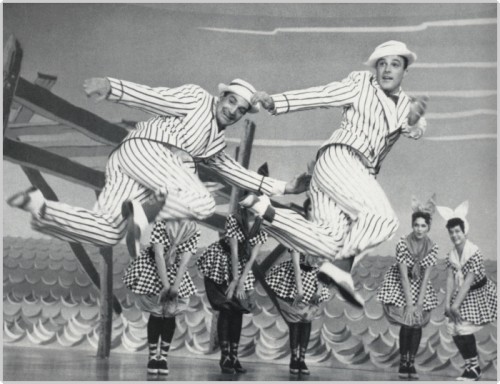
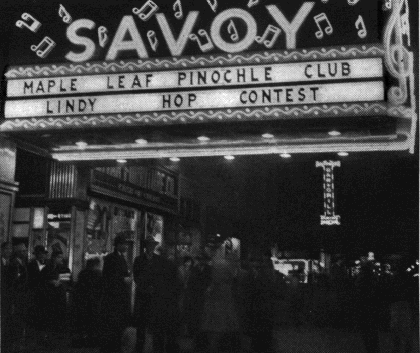
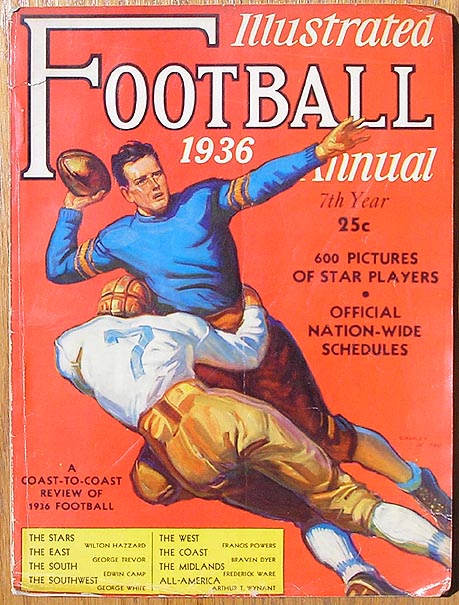
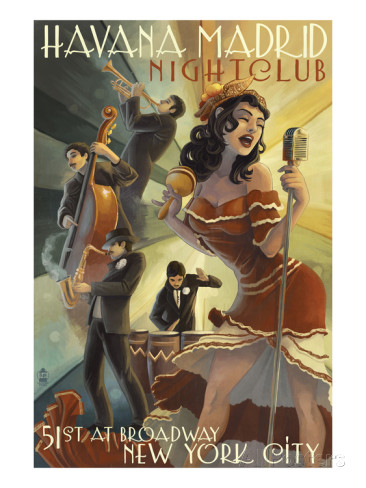
[…] My! Are you kidding? I LOVE Gene Kelly (got to interview his brother Fred for the magazine years ago), and Gene is one hell of a dancer and that cute butt. Seriously, best […]